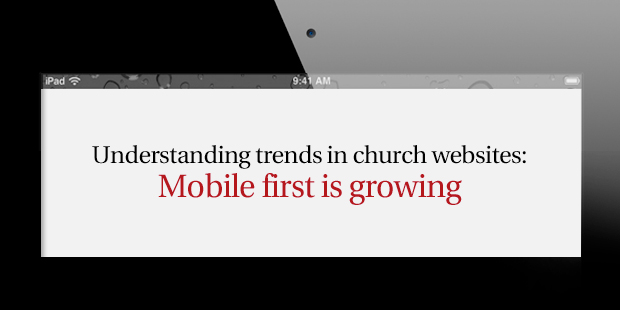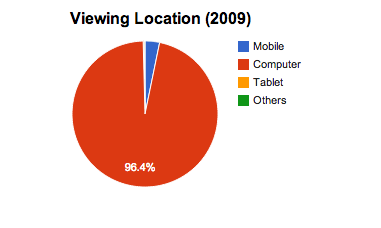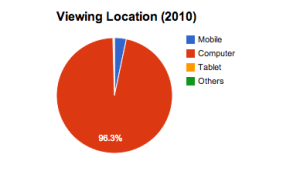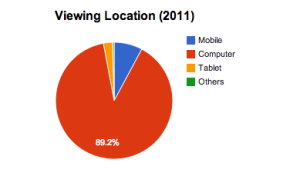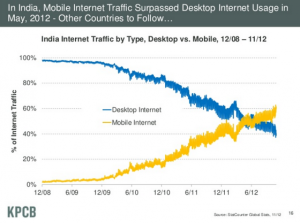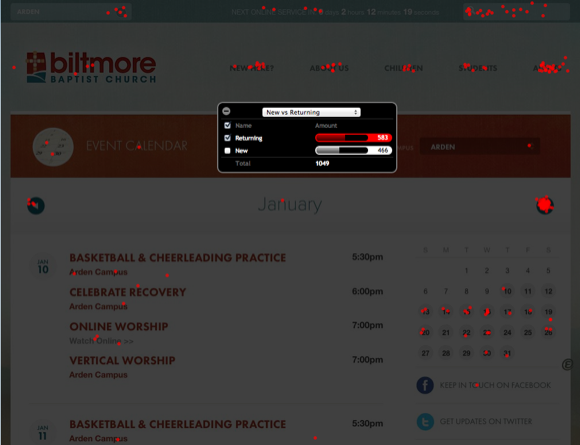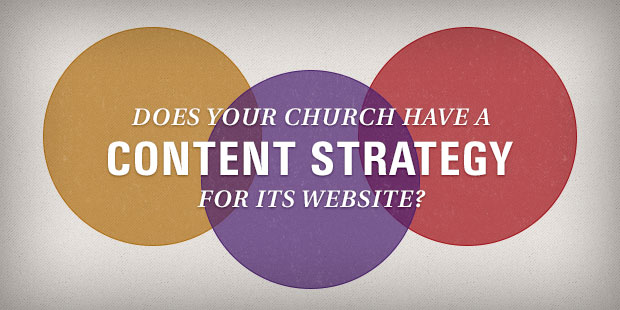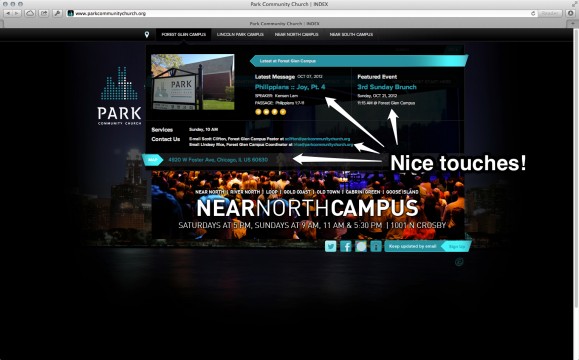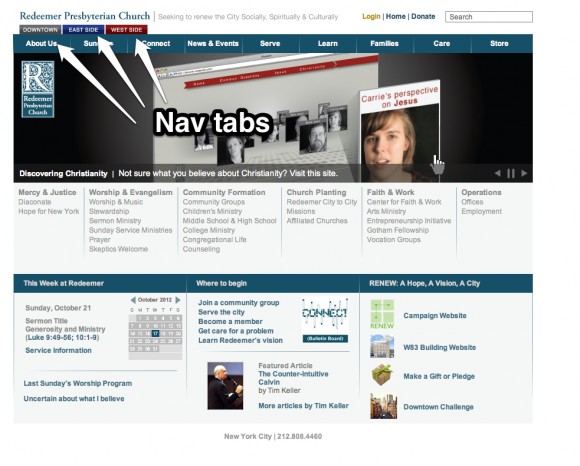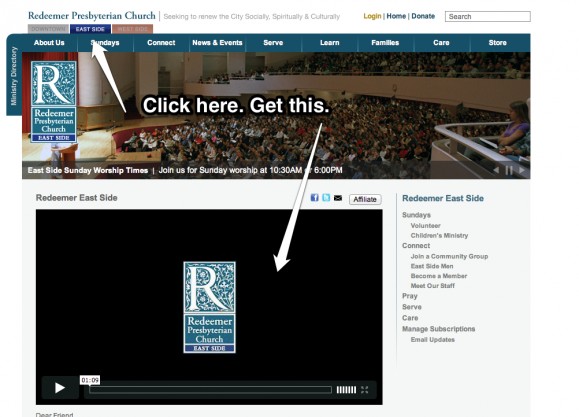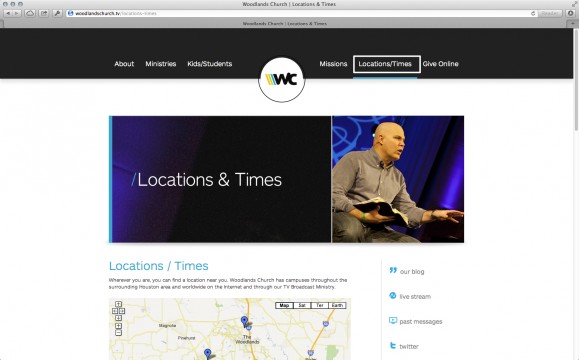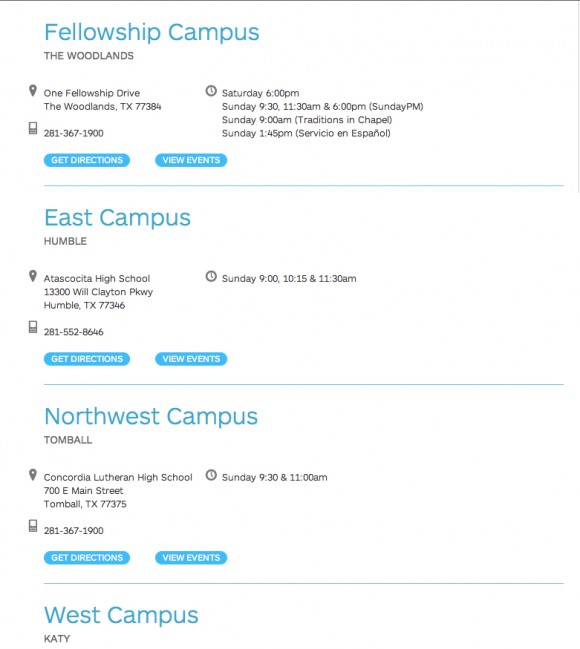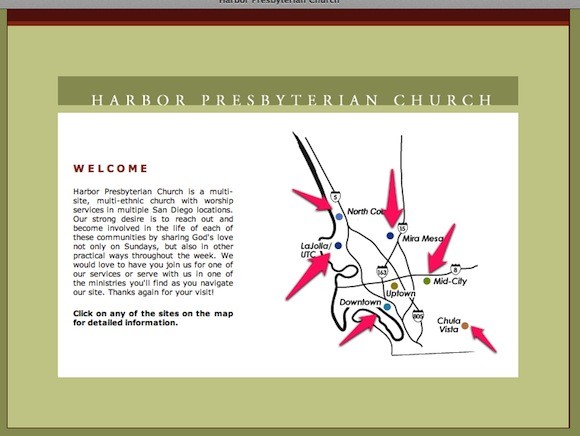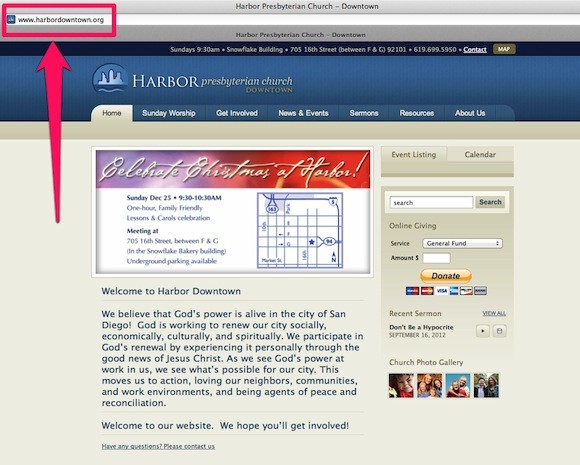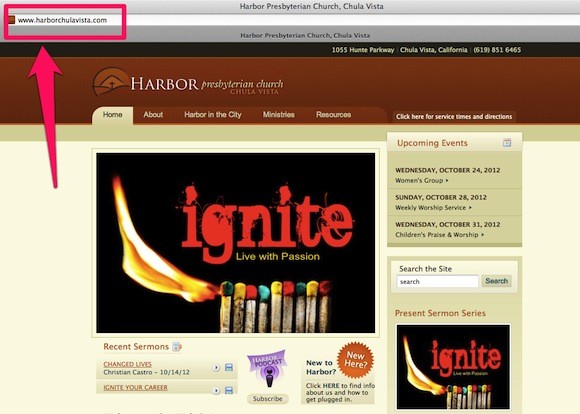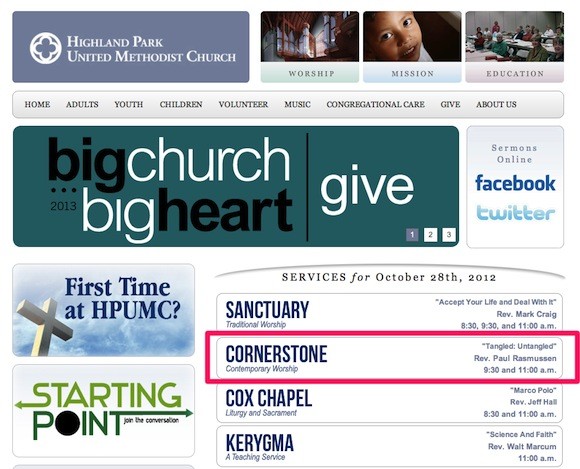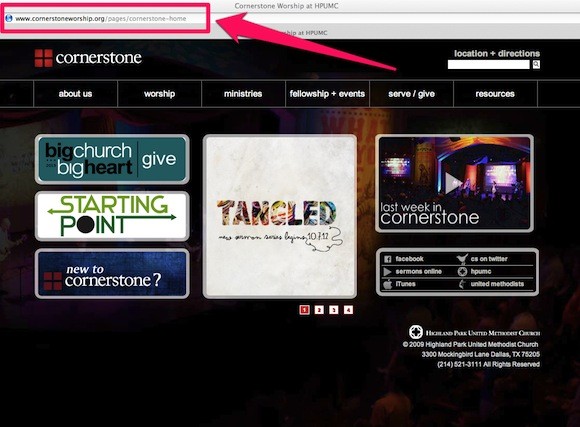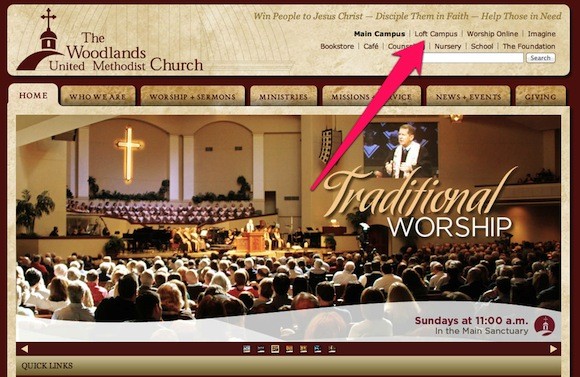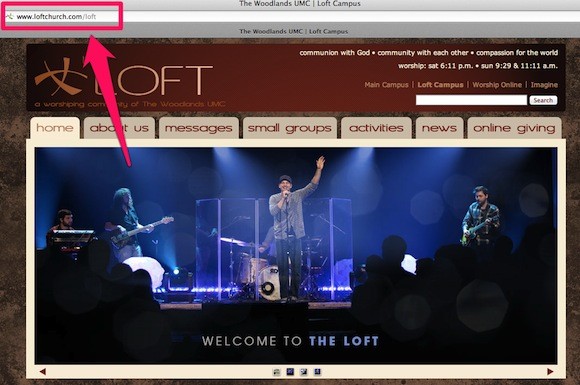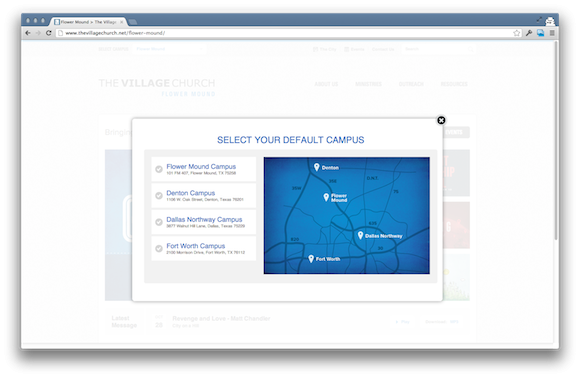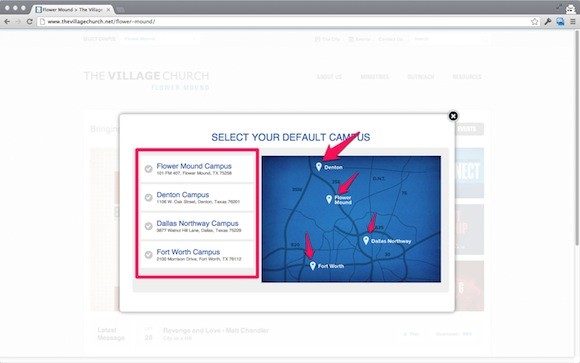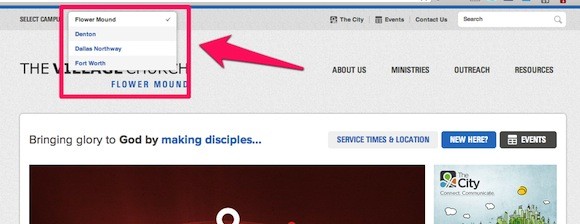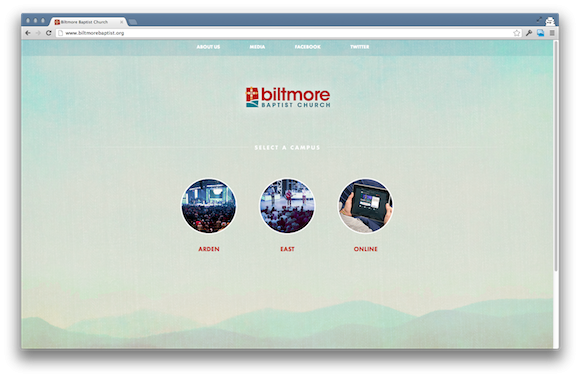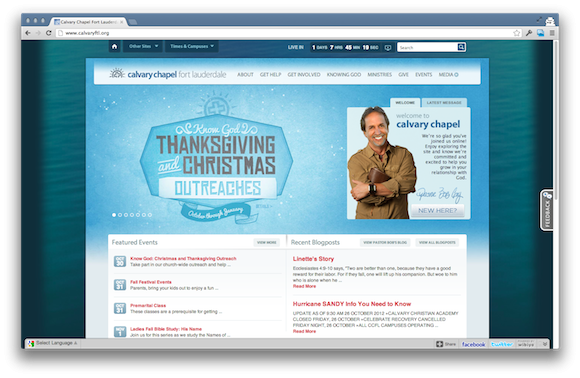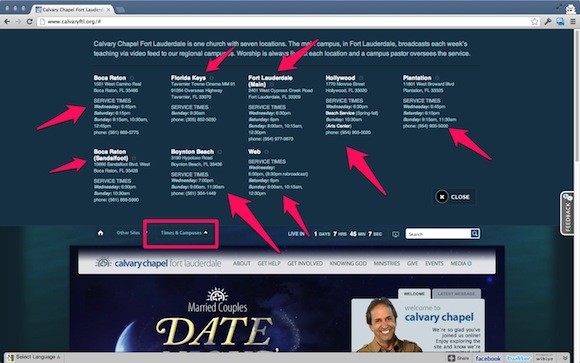
Why Your Church Website Needs Help..Now
Depending on who and what you read, you can find different opinions on how often you should redesign or refresh your website. If it’s a website design company, the answer is probably “six months ago.” They like the business, after all.
I don’t think you should have a timeframe for website redesigns, though. It’s an as needed event and also one that should be carried out with much planning and intentionality.
Website redesigns should be carried out strategically and to meet a need. So if your church has one of these needs, then it may be time to refresh your site.
- Your site is not mobile-friendly. This is a top priority right now. If you don’t have a mobile-friendly, responsive website, find someone to fix that right now.
- Your logo or branding changes. This may seem obvious, but if you’re going to invest in a new logo or graphic branding package, then make sure your website is redesigned to reflect the change.
- Your site is not guest-friendly. Consider the content and layout of your site. Is it mainly for guests or members? If everything is geared to members, it might be time to fix some things.
- You need to change website platforms. This redesign is typically forced. If you’re moving to WordPress or Squarespace as your web platform, then you will likely have to make design changes to the site. It’s rare that you can move across platforms and keep a consistent look and feel.
- Your site is dated. This is more of a design aesthetic than the other items in this list. But if your site looks old and feels old based on the graphics and content, move forward on a redesign.
The first question I get when I write on website redesigns is who I recommend to do this work. There are several options available to you, but choose someone who knows churches and works with them. Our friends at MereChurch (affiliate link) do a great job helping churches and can help you, too.
Does your church need a website redesign? Have you redesigned your site recently? If so, what drove that decision?

Tags: Jonathan Howe, church websites, website















